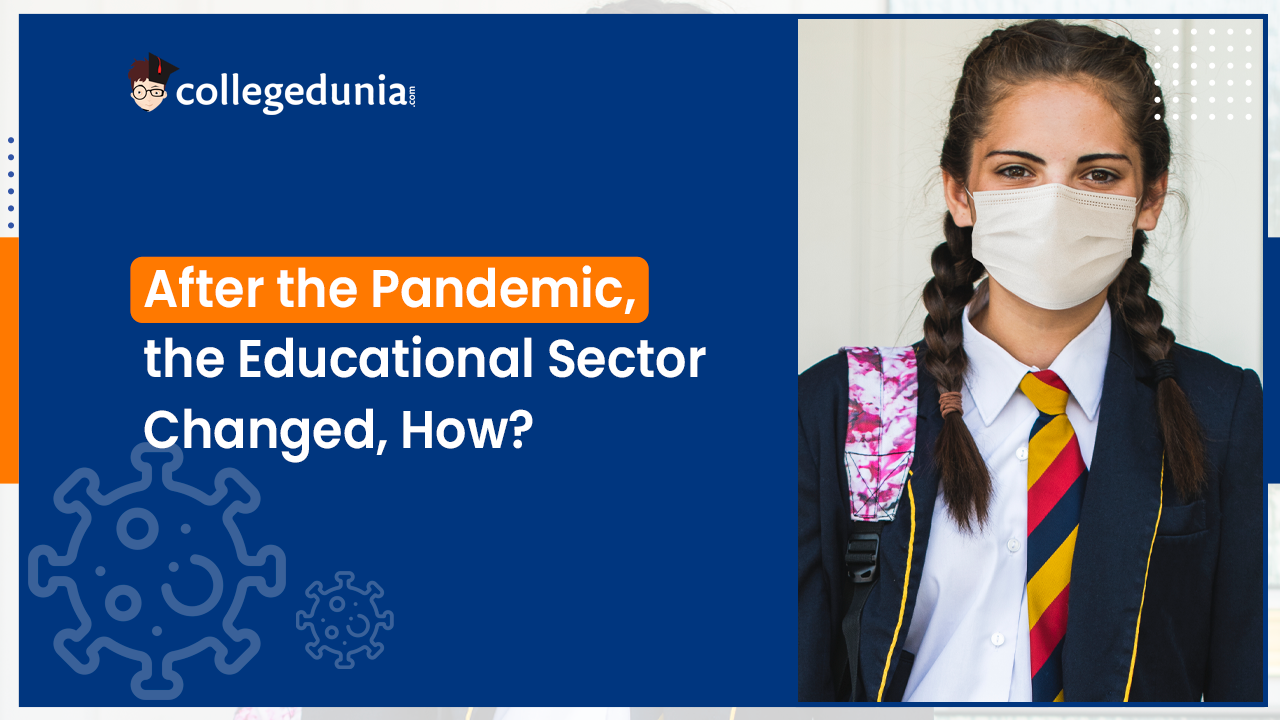A brief history of Covid-19
Covid-19 is a disease caused by Severe Acute Respiratory Syndrome Coronavirus 2 (SARS-CoV-2). The disease is highly contagious and the first case was identified in the city of Wuhan in China in December 2019. The virus quickly spread all over the world despite various measures taken by the governments to prevent its injection into the economy of their country.
The virus was new to mankind and coming up with a remedy in the form of a vaccine was a challenge to the scientists. Thousands of people died of Covid-19 which showed symptoms like-
- Fever,
- Cough,
- Fatigue,
- Shortness of Breath,
- Vomiting,
- Loss of Taste or smell.
These symptoms of the disease were variable but often include fever, cough, headache, and loss of smell and taste. Many patients did not even develop any noticeable symptoms.
Covid-19 transmits through the breath of people and is contaminated by droplets and small airborne particles containing the virus.
Introduction
As a preventive measure, the Indian government imposed a lockdown from around the month of March 2020. People were also advised to wear masks, frequently wash their hands with soap, maintain social distancing and use sanitisers. Even with all the measures, many people suffered and died. The economy suffered as well with a 7.3% fall in GDP in the 2021 April-June quarter of that fiscal year which was observed as the worst decline since 1996. Businesses, industries, schools, colleges, transportation, etc were all closed down during the initial days of the lockdown. But eventually, when it seemed that the pandemic would continue for a long time, education sectors and businesses came up with an online mode of operation. Many companies started providing online services and flourished. Lives changed and people became reliable to online services even more.
Today in 2023, online services have normalized. People became accustomed to this new life. But what was lost will never be back. The most important of them are the days of schooling a child needs to grow, learn, make friends and enjoy. In this article, we will be discussing how educational sectors changed after the pandemic.
Impact of Covid-19 on the education sector
According to the report of the Unified District Information System for Education (UDISE) by the Ministry of Education, enrolment in school education from elementary to upper secondary was estimated to be 19.36 lakhs more in 2021-22 than in 2020-21.
However, enrolment in pre-primary sections fell by 11.5 lakhs. More than 20,000 schools closed during the pandemic. The report states that the closure of these schools was mostly private schools, other management schools and some grouping of government schools in various states. It is to be noted that Madhya Pradesh is responsible for the closure of 66.82% of all government school closures in India.
- The decline of Participation of Teachers:
During the pandemic, the total number of teachers decreased by 1.95% in 2021-22. As per the report of UDISE, the total number of teachers fell from 97.87 lakhs to 95.07 lakhs from 2020 to 2022. There was a decrease of 0.9% in teachers in Government Schools, 1.45% in government-aided schools, 2.94% in private schools and 8.3% in other schools between the years 2020 to 2022. The number of female teachers increased from 47.1 lakhs to 48.77 lakhs but there was a significant decrease in the number of male teachers from 47.2 lakhs to 46.3 lakhs. However, as per the report, from the upper primary level onwards, the number of female teachers is less than the number of male teachers.
- Availability of Facilities and Resources:
The report of UDISE by the Ministry of Education points out the disparity between public and private schools. It is seen that approximately 34% of schools had internet connections and a near about 44.85% of them had computer facilities, but of those internet access was accessible to 59.6% of private schools whereas there only a mere 24.2% of government schools had internet access before the pandemic. However, their availability has improved post-pandemic as the importance of the internet as well indicated during the pandemic.
There are only 2,22,155 smart classrooms with smart boards for instruction in 1.4 million schools in India. Today, West Bengal has 99.99% of schools with smart classrooms which indicates a significant disparity between other regions like Tamil Nadu with significantly low or no smart classrooms. Punjab, Haryana, Gujarat and Kerala also fall in the 90% category.
Many schools also improved their medical facilities for their students post-pandemic. They conducted vaccination drives for their students where they were given the Covid-19 vaccine free of cost. Overall hygiene and toilet facilities were improved as well.
- Promotions:
During the pandemic years, more students have been promoted from secondary to upper secondary and graduated high schools and colleges than before the pandemic despite many students not having access to the internet and devices to attend online classes. Moreover, not every institution had the infrastructure to conduct online classes from the very beginning. As a result, the increase in the rate of students being promoted became a point of concern since it disturbs the balance between conceptual understanding and promotions of the students.
Online exams are not good methods to assess students since students tend to adopt more unfair means in online exams and not all institutions have the infrastructure to properly conduct online exams as well. According to reports, repetition rates dropped drastically with only about 1% of students across all areas repeating their classes across communities. It is important to note that school students’ performance in National Achievement Survey (NAS) tests declined across classes in most subjects.
For example, in Class 10 board examinations, there is a significant decline in marks of all category students by an average of around 40. These students will bear a greater burden as their learning suffers while promotion increases.
- Improvement in Enrolment Ratio:
The total enrolment in schools from classes 1 to 12 has seen an increment of 0.76% in 2021-22 as compared to 2020-21. Reports indicate a significant growth of more than 19 lakhs enrolment in 2021-22 over 2020-21 with more than 25.57 crores of overall enrolment in school education from primary to higher secondary levels. However, the report also signifies a 10% decline from 1.06 crore to 94.95 lakhs enrolment in pre-primary classes. This decline was however low as compared to 2020-21 where the enrolment in pre-primary classes dropped by 21% due to the closure of schools during the pandemic and lockdown.
Moreover, the total number of enrolment increased among different categories of students which is crucial as it shows the effectiveness of the government programs that aimed at appraising the citizens about the importance of education.
- Improvement in GER and PTR:
The GER or Gross Enrolment Ratio compares enrolment at a certain level of education to the population of that age group. The GER of the primary section has seen an increment from 101.3% to 104.8% in 2021-22. Similarly, the GER of secondary classes and higher secondary classes have improved from 76.9% to 79.6% and from 50.14% to 57.6% respectively as well.
The PTR or Pupil-Teacher Ratio has improved at all levels of education. The PTR for primary classes stands at 26 and that of higher secondary classes stands at 27 which is considered the greatest improvement according to reports. However, Bihar has the worst PTR with each teacher overseeing 47 pupils whereas Andhra Pradesh has the best PTR with each teacher overseeing 14 pupils.
Conclusion
Due to covid, the whole picture of the education sector has totally changed in a positive manner. Online education is much needed in India, and it’s come into effect in India just after the pandemic ended.
Frequently Asked Questions
- Is it safe for students to be enrolling in an offline course now?
Ans: Yes. The lockdown has officially ended and Covid-19 cases have become very low now with no present cases of death. Moreover, with vaccines and remedies, the disease is not deadly now. It is safe for students to enrol in offline courses.
- Are online degrees valuable and accepted?
Ans: No. Offline degrees are more valuable and accepted. With the exception of a few, most online degrees are not accepted. The University Grants Commission has also announced recently that online doctoral degrees will not be accepted. So, it is not wise to enrol in any online courses if the candidate can afford a regular degree.
- Will the candidates who have graduated through assessment by online examinations be at a disadvantage over others in career prospects?
Ans: Companies are conducting exams and interviews to assess all the applicants in a fair manner. If a candidate has proper knowledge of the subject matter, he/she will not have any disadvantage in career prospects.




